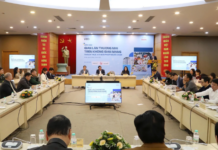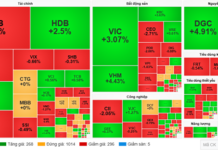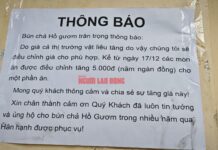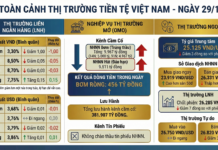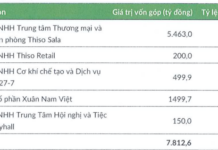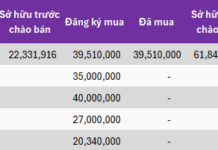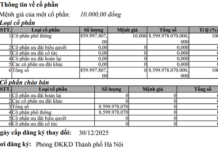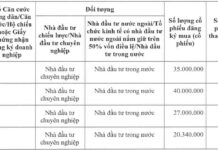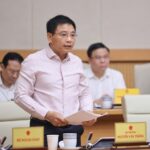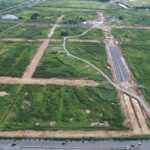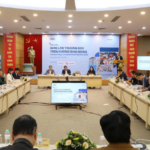Proposed Amendments: Significant Yet Crucial Changes
On the morning of August 8th, the Ministry of Agriculture and Environment held a conference to gather feedback from ministries, sectors, and northern provinces and cities on the draft Law on Amending and Supplementing a Number of Articles of the 2024 Land Law.
Speaking at the conference, Deputy Minister of Agriculture and Environment Le Minh Ngan emphasized: “This event provides an opportunity for the Ministry to listen to profound and comprehensive opinions from central agencies and localities to perfect the draft law, ensuring its alignment with the practical management and development orientation of the country in the new phase.”
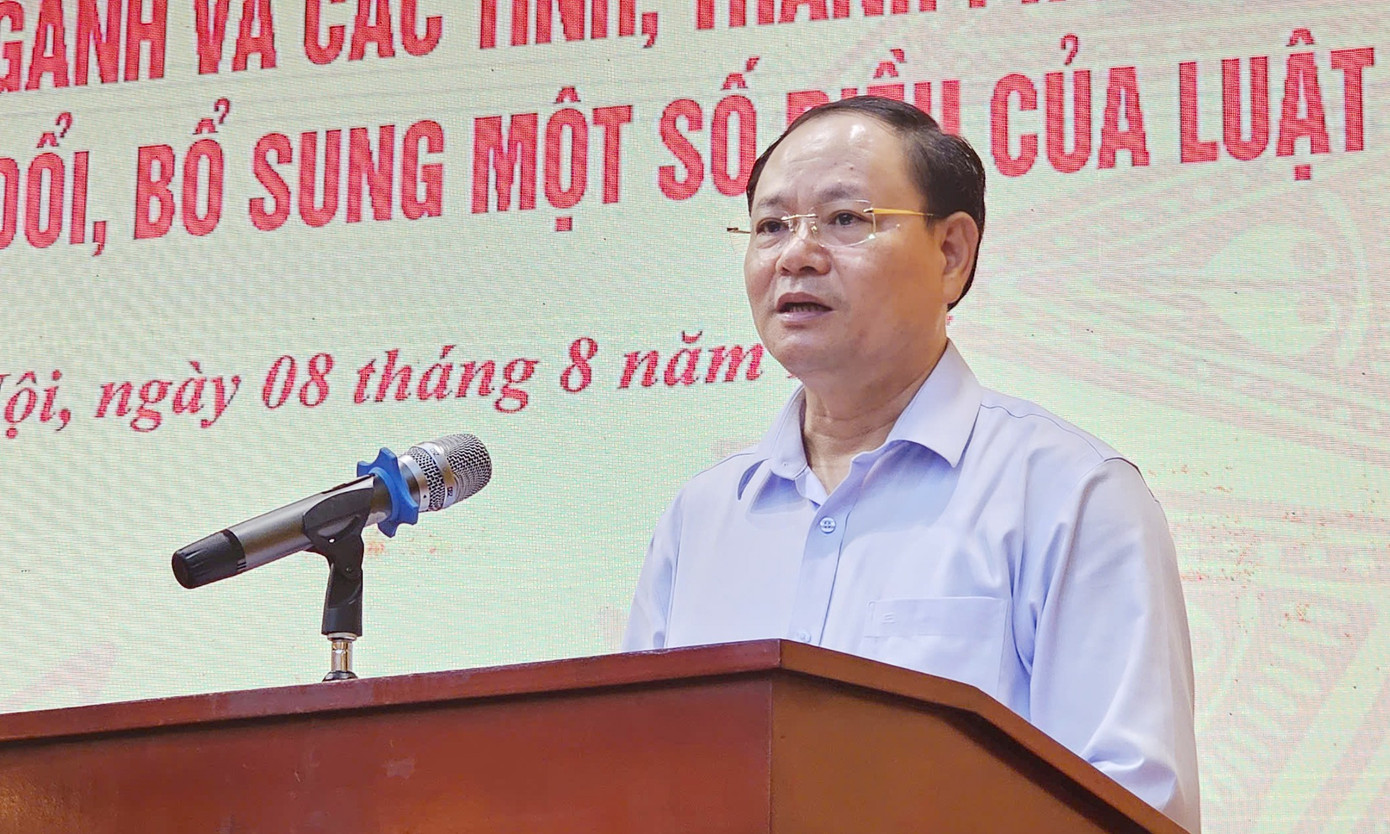
Deputy Minister of Agriculture and Environment Le Minh Ngan speaking at the conference.
The 2024 Land Law, which took effect in August 2024, has quickly integrated into daily life, contributing to improved state management of land, ensuring resources for socio-economic development, and strengthening national defense and security. Administrative procedures in the land sector have been gradually reformed, and state management content has been updated to meet development requirements and efficiently exploit land resources for strategic goals.
However, the new context demands further refinement of land-related laws. The Politburo and the Central Committee have issued numerous resolutions on socio-economic development, international integration, and institutional construction and improvement. Upon review, some provisions of the Law, despite being legalized, do not fully meet practical demands…
According to the Ministry of Agriculture and Environment’s leadership, the proposed changes this time are not numerous but are all significant issues. Regarding planning and land use planning, the draft stipulates that planning and land use planning at all three levels (central, provincial, and communal) will be integrated into the overall planning system, linked to the five-year cycle. For localities with existing urban or rural planning, only land allocation indicators need to be established, without separate planning. This approach reduces overlap, saves time, and enhances management effectiveness.
Concerning land allocation, land leasing, and land-use purpose conversion, the draft amendment restores the 2013 Land Law’s principle, allowing land users to choose between paying land rent once or annually and having the right to switch between the two forms. The new regulation is expected to increase flexibility and facilitate investors.
In terms of land finance and land prices, the draft continues to emphasize that land prices must be close to market prices, ensuring fairness and transparency. The state will determine the land price list and financial obligations for each land type, employing multiple valuation methods, while localities will proactively adjust land price coefficients to match reality. The draft also clarifies the rights of affected people in cases of land revocation, ensuring fairness in compensation, support, and resettlement.
The Ministry also noted restoring the state’s decisive role in land valuation to avoid over-reliance on consulting organizations. The valuation process will be market-based but will also consider management requirements to prevent being influenced by secondary market prices.
Deputy Minister Le Minh Ngan stated that the time between now and the National Assembly session in October 2025 is very tight. Therefore, the Ministry of Agriculture and Environment looks forward to receiving more objective, scientific, and dedicated contributions from agencies, units, and localities.
“Each opinion is an essential basis for the Ministry to synthesize, edit, and perfect the draft Law, ensuring quality, feasibility, and practicality,” emphasized Deputy Minister Le Minh Ngan.
According to Deputy Minister Le Minh Ngan, the amendment and supplementation of the Land Law this time are expected to resolve existing obstacles and create a synchronous and transparent legal corridor for land management and use, thereby efficiently exploiting land resources to serve the country’s rapid and sustainable development in the new phase.
Two Proposed Approaches for Applying Land Price Tables and Adjustment Coefficients
In the draft Law on Amendments, the Ministry of Agriculture and Environment proposes two approaches for applying land price tables and adjustment coefficients:
Approach 1: Specify the cases where the land price tables are applied
Approach 2: Assign the Government to detail the cases where the land price tables are applied.
Regarding this content, most delegates at the conference supported Approach 2.
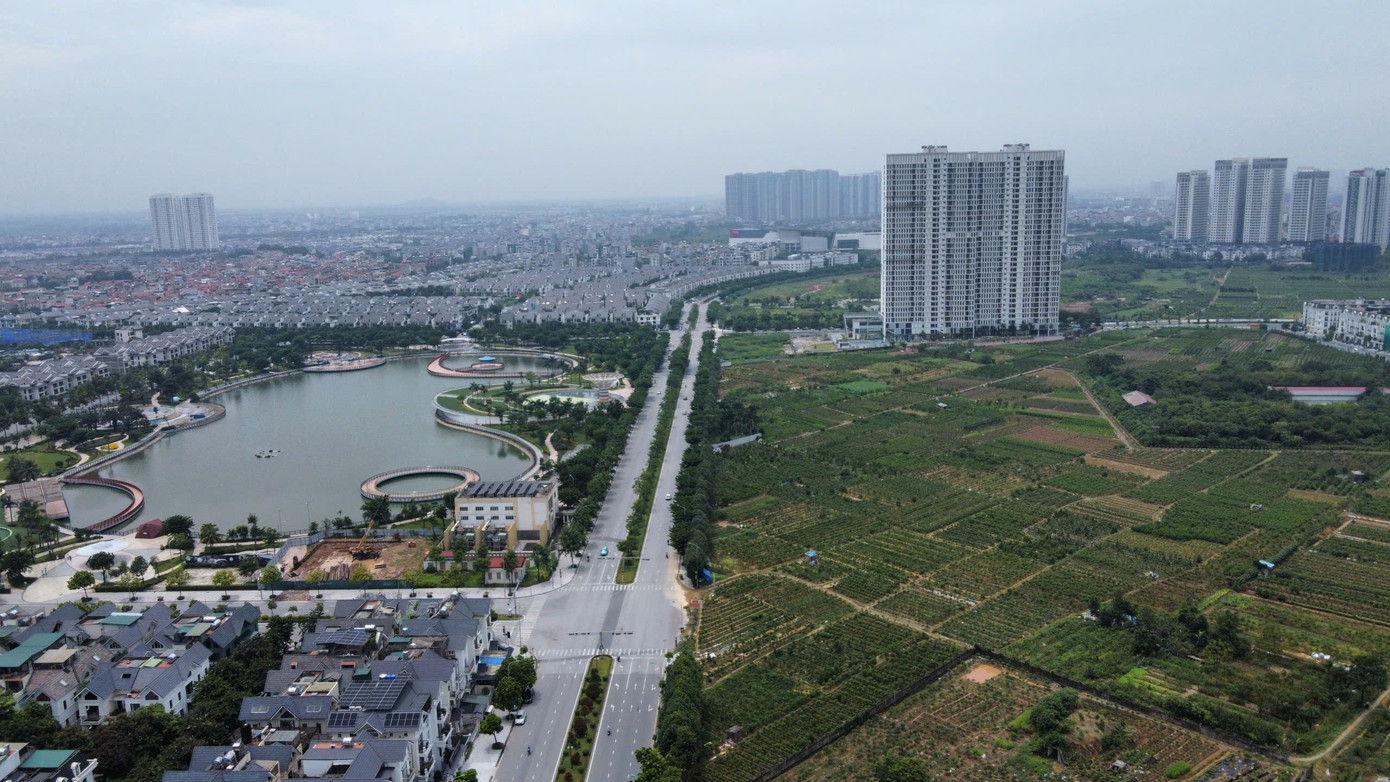
The Ministry of Agriculture and Environment proposed two approaches for applying land price tables and adjustment coefficients.
According to the draft, the land price table (Article 159) is used to calculate land use fees, land rent when the state allocates or leases land, permits land-use purpose conversion, recognizes land use rights, calculates taxes and fees related to land use, and fulfills the rights and obligations of land users, as well as compensation in cases of state land revocation.
Simultaneously, it stipulates that the land price adjustment coefficient is the ratio of increase or decrease in the areas and locations specified in the land price table, applied to cases where the land price table is applied to adjust land prices annually and is amended and supplemented during the year.
The draft assigns the People’s Committees of provincial levels to decide and announce the land price adjustment coefficient (Article 160), effective from January 1 of each year, starting from the following year of the five-year land price table application period. If necessary, the People’s Committees of provincial levels may decide to adjust the land price coefficient during the year or for specific areas to apply to particular projects, along with supplementing provisions on the land price adjustment coefficient…
The Bridge to Success: Just Two Months to Go Until the Typhoon-Damaged Overpass is Rebuilt
“In a recent development, Phu Tho Province’s People’s Committee Chairman Tran Duy Dong has urged contractors to expedite the construction of the new Phong Chau Bridge. With a target completion date set for September 2, the chairman aims to have the bridge functional and open to the public by early October. This ambitious timeline underscores the province’s commitment to enhancing connectivity and infrastructure development.”
“Vietnam Waives Visa Requirements for Top 100 Global Business Executives”
The leaders of corporations and enterprises featured in the annual list of the top 100 companies with the largest market capitalization globally, as published by reputable international organizations, will be eligible for a visa exemption for up to 5 years, according to Decree No. 221/2025/ND-CP by the Vietnamese government.
Unlocking Public Investment Capital: Navigating Obstacles for Expedited Disbursement.
The Ministry of Finance has identified several bottlenecks hindering the progress of capital disbursement for public investment. These challenges primarily revolve around land clearance issues, shortages of construction materials, and delays in approval and adjustment of planning. To address these issues, the Ministry has proposed a range of pivotal solutions to expedite the capital disbursement process for public investment projects.
The Real Estate Market: A First-Class Flight with No Economy Seats
“The current state of the real estate market is akin to an airline offering only business and first-class seats, with no economy option,” says Dr. Tran Du Lich, highlighting the lack of affordable social housing options. This analogy emphasizes the need for a more inclusive and diverse range of housing choices, especially for those from lower economic backgrounds.

